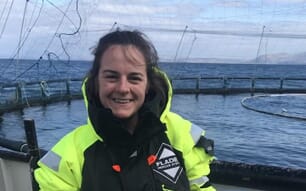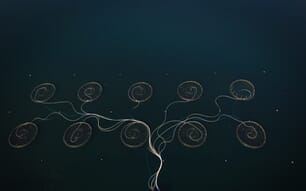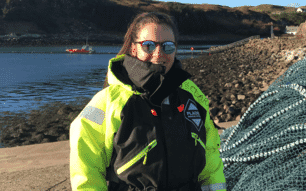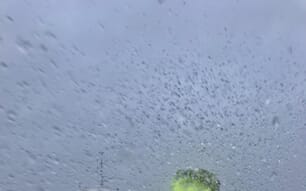A friend recently told me that her mum doesn’t eat farmed salmon because she had been told “half of their body weight is antibiotics”. Unfortunately, this kind of misleading and ill-informed statement is commonplace across both the aquaculture and agriculture industries. In reality, 100 percent of Mowi salmon are vaccinated, reducing the need for antibiotics which, just like in humans, are only ever used as a last resort.
It can’t be denied that salmon farming faces a range of varied and evolving health challenges, but they are a top priority for the industry. It is acknowledged that more health solutions need to be found if the industry hopes to grow in Scotland and there is ongoing collaboration between producers, academics, fish health professionals and industry bodies to find these.
The media and public perception of a chemical-dependent industry that pumps environmentally damaging waste into the ocean is, from my experience, far from reality. It might have held some truth in the early days of the salmon sector but we are now working in a world of tighter regulation and higher customer expectations, which drive innovation and continual improvement in all areas, not least fish health.

Today, effective vaccines and organic and non-medicinal fish-health tools have largely replaced reliance on medication, with the Scottish Salmon Producers’ Organisation recently announcing a 47 percent drop in spending on medication across the Scottish industry over the last three years.
That said, medication is still needed from time to time. This past shift we carried out Salmosan treatments on some of our pens. Salmosan is an organophosphorus insecticide used for the treatment of pre-adult and adult sea lice – a naturally occurring parasite on marine fish. The active ingredient is azamethiphos (also used in many agricultural insecticides and pesticides) and it acts by interfering with the enzyme cholinesterase, which controls function of the nervous system.
Before administration, the pen and net are lifted to temporarily crowd the fish and allow a tarpaulin to be fitted. This creates an enclosed environment – known as “a bath” – to which the Salmosan can be added. Both the pH and dissolved oxygen levels are continually monitored, and bicarbonate of soda or oxygen are added, if required, to maintain safe environmental parameters. Other factors – such as the tide, weather and water temperature – must also be considered. And, as the fish are crowded during treatment, it is important that they are watched closely for signs of stress.
The low dosage of Salmosan kills sea lice but has no impact on the salmon, as well as little impact on the environment. Azamethiphos is highly soluble and degrades fully in seawater in a matter of days, with the Fish Vet Group citing a half-life of less than 5.6 days.
Due to this high level of solubility, Salmosan does not accumulate in seabed sediments. Furthermore, it is broken down and excreted by the salmon and, as with any medical treatment, a suitable withdrawal period ensures there’s no risk of fish that still contain traces of medication hitting supermarket shelves
These kinds of facts are often omitted from damaging media headlines and Facebook campaigns against salmon farming. But the science has been done and the details are important.
Whilst Salmosan has little impact on the environment, a major argument against fish farming is based on the sector discharging medicines into the environment following treatments. All discharges are closely regulated, but undoubtedly more can be done to make improvements in this area. New technologies such as CleanTreat by Benchmark – which cleanses treatment water from wellboats, removing all medical particles and releasing only seawater back into the environment – could offer greener alternatives to discharging. This kind of innovation is driving salmon farming into a more sustainable future and is something we could see widely used in Scotland in years to come.
But fish health isn’t just about tackling diseases and administering medication. In fact, since I started working on Muck, six months ago, these Salmosan baths were the first medical-based treatments I had been involved in.
Like any farming system, salmon production rests on basic welfare and disease prevention. Good husbandry on farms is the first line of defence against health challenges: appropriate stocking densities; regular environmental monitoring; routine health checks; clean nets enabling fresh water and oxygen exchange; and diets with a complete nutritional profile all contribute to healthy, happy fish.
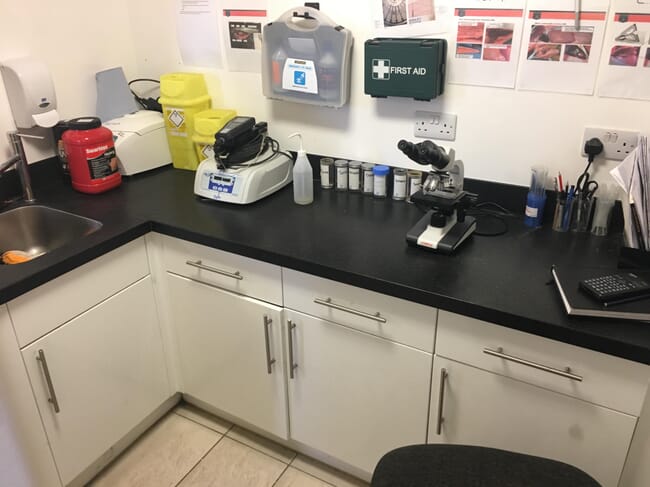
We are about to have two new pens added to the grid on Muck, taking us from 10 to 12 on site. This is not so we can add more fish to the farm but so we can split down the existing fish across the 12 pens to reduce the number in each, contributing to lower stocking densities and giving them more space to grow.
Mowi and other producers also operate coordinated fallowing and synchronised production cycles across geographical areas. For example, our farms on both Muck and Rum – based on neighbouring islands – were stocked with smolts at similar times this past summer. And when we finish harvesting on Muck, the current plan is for the site to be fallow for up to six months. These management techniques reduce biological risks and contribute to protecting the seabed and wider ecosystem. Not only is this good for our fish, but it’s good for the environment too.
Until I did my MSc I didn’t realise that a “fish vet” was a thing. I wrongly assumed that a terrestrial vet could also deal with fish health issues. But there are plenty of fish-health specialists working across the Scottish salmon industry who have all spent years training in their field.
At Mowi, we have a dedicated health team, split between the lab and the field, who are responsible for health monitoring, disease surveillance and prevention. Individual farming areas have their own fish vet who advises and manages all aspects of health on the farms, as well as providing training to farm staff.
And beyond company level, organisations such as the Fish Vet Group, the Institute of Aquaculture and Scottish Government’s Farmed Fish Health Framework contribute to tackling health challenges and providing support to salmon producers.
I recently had to leave Muck for a course run by the Fish Vet Group on optimising diagnostic sampling. The basis of the course was to ensure that farm workers know the correct sampling techniques and diagnostic methods for different parts of the fish’s anatomy. This kind of industry cross-collaboration and training contributes to early and successful diagnosis of health challenges.
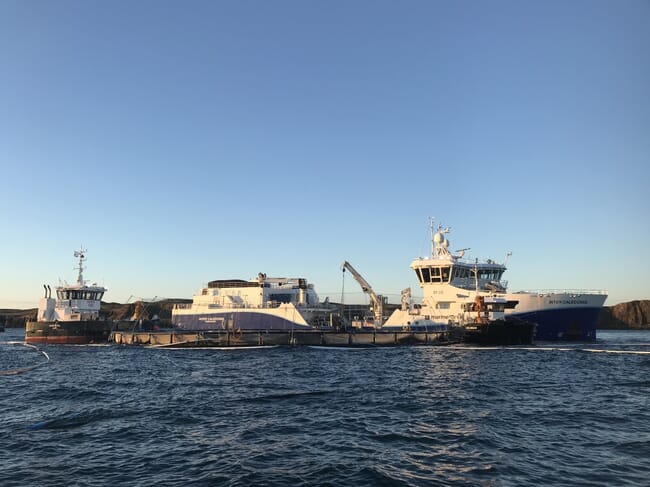
Salmon farming isn’t perfect and I don’t think anyone involved in the industry would claim that it is. But everyone, whether a farm technician or health specialist, sees fish welfare as a priority. We have our challenges but we also have some brilliant minds working to overcome these on a daily basis, as well as some great success stories. From technologies such as CleanTreat to the use of cleaner fish and freshwater baths, the range of methods used to prevent, control, treat and manage health challenges is diverse and does not depend purely on medication.
As Mowi’s 2018 annual report noted, its Scottish operations used an average of 10 grams of antibiotic for every tonne of salmon produced in 2018. That is 50mg for a 5kg fish – far from the “half of their body weight” my friend’s mum had been led to believe.
Do we have all the answers? Not yet. Are improvements possible? Yes. And improvements will probably always be possible. But in the meantime, I don’t think we can let the pursuit of the perfect stand in the way of the good.

